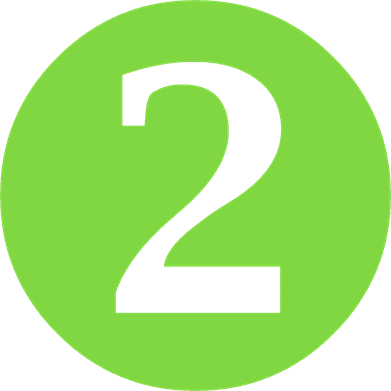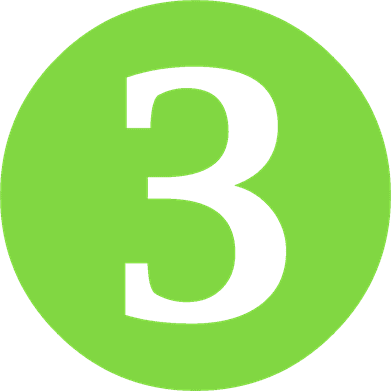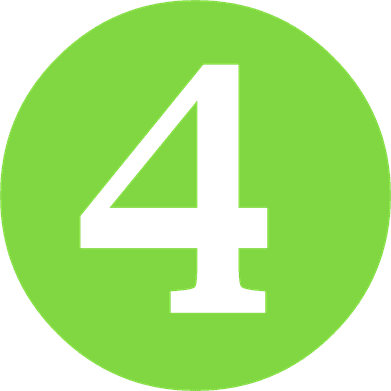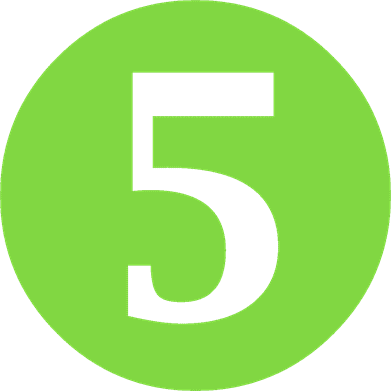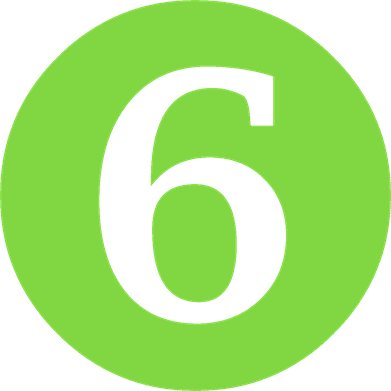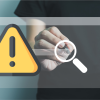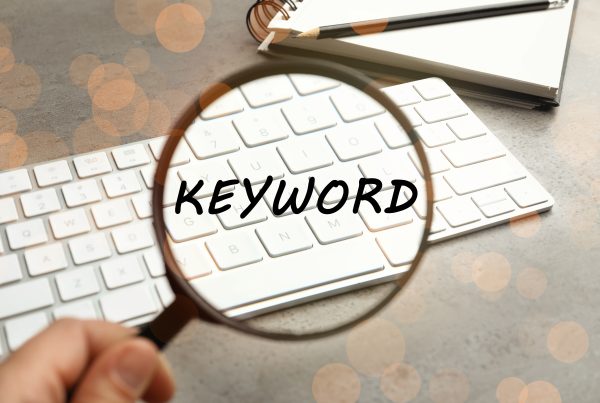Optimized content is a popular phrase thrown around the business and marketing world. We’ve accepted it’s necessary, but why? Is that the key to SEO success to get found on the internet?
What about paid search? Is it better to let customers find you organically?
How exactly do you write optimized content for your website?
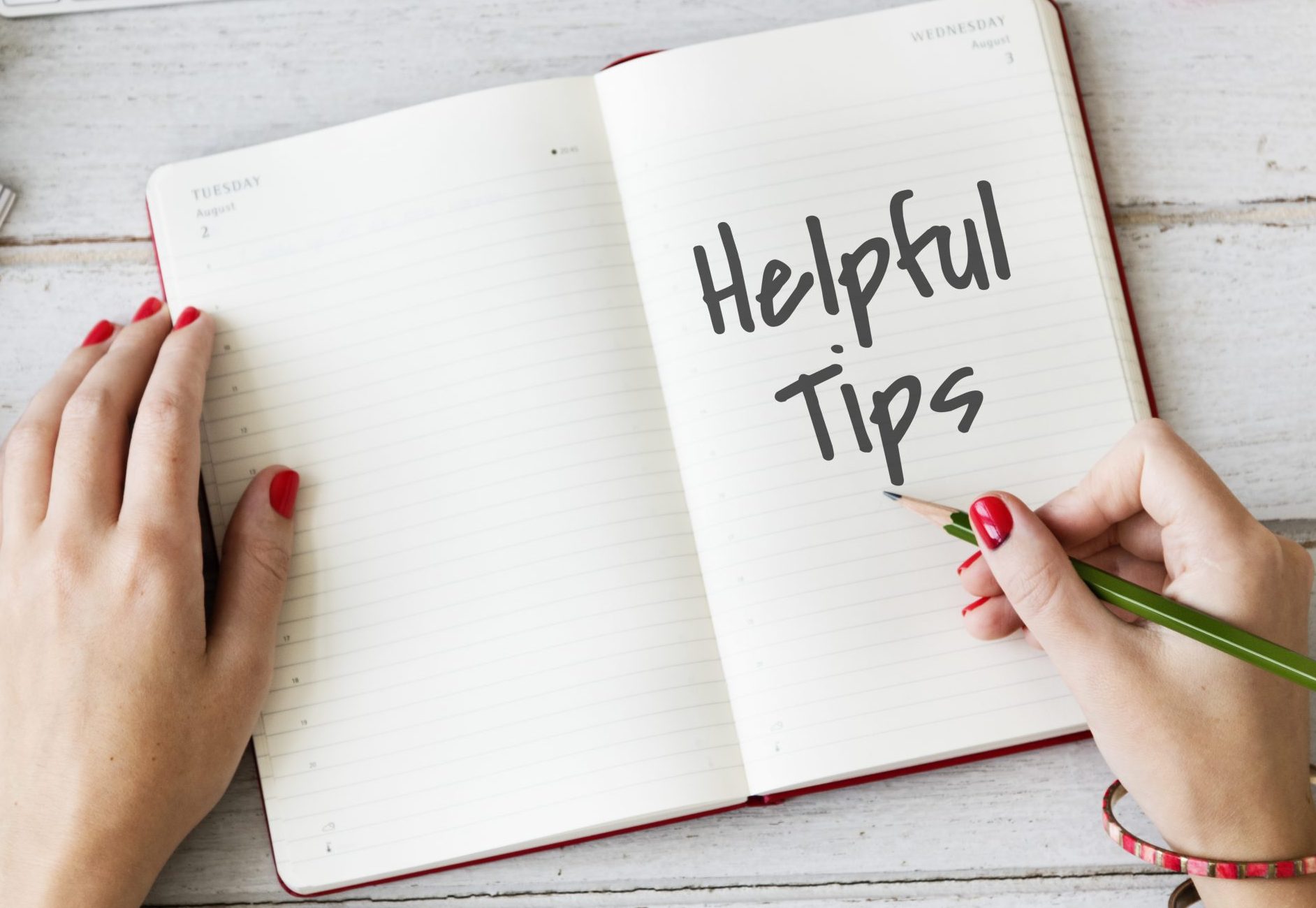
PressHero has these tips:
- Keywords and Phrases
- Readability
- Tone of Voice
- Optimal Length
- On-page SEO and Meta Information
- Specific Goals and Call to Actions
BONUS TIP: Don’t Plagiarize!
Why is Optimized Content Important?
Let’s step back first and look at why you want optimized content.
Be Discoverable
Optimizing website content is a key component of SEO which stands for “search engine optimization”. The goal of SEO is to increase the traffic on your website through search engine results. Good SEO means those looking for your goods and services can find you because your website is discoverable and your web pages or blog posts show up in Google search results or similar locations on the internet.

Improve Conversion
Making sure customers can find you is only part of the equation. Once they land on your website, you want them to take action so you have a better chance of converting them from a looker to a buyer.

Optimized Content is Part of a Bigger Puzzle
SEO isn’t just about optimized content. The process of optimizing your web pages includes many elements like speed, bounce rate, being mobile-friendly, and other factors that contribute to strong metrics which encourage search engines like Google to rank a website higher. Search engines release algorithms updates frequently which may require tweaking to the back-end of your website, but your goals remain the same:
Create a positive user experience for your visitors
Provide great content your audience will enjoy reading and get the answers they are looking for
Ensure search engines understand what you are trying to say too

If you need help to optimize your website for user experience and search engines, we can help with a snapshot of your site’s current SEO and structure.
Tips For Writing Optimized Content

Keywords and Phrases
To provide answers to the questions of potential customers, which is what internet search is all about, you need to know what questions they have?
What words do you think your audience is typing into that search bar?
Choose the right words
Picking the right keywords for your next piece of content is kind of like looking into a crystal ball. The better you know your customers, the better chance you have of selecting targeted keywords. Knowing what your top competitors are ranking for is also helpful to narrow down which words to chase.
Place keywords in the right spots
Once you narrow down the keywords you want to target for search engine rankings, make sure you use those words in the right places, like headings, subtitles, and the body. The number of times your keyword appears is important too. Enough that your reader and Google understand that’s what your article is about, but not too many to avoid keyword stuffing which can result in punishment from Google.
Readability
Back to the goal of creating a positive user experience. You want your article to be easy to read but still hold the audience’s interest. Write for multiple types of readers, including those who read word by word and those who simply scan the heading and the beginning and end.
Things to consider for good readability:
- Title length
- Variety of sentence length
- Number of sentences per paragraph
- Difficult vs. common words
- Use of transition words
- Passive voice
- Size of text and fonts
- Use of headings, subheadings, and white space
- Images to illustrate copy
WordPress websites have a variety of plugins to analyze readability scores and offer solutions for improvement.

Tone of Voice
Your brand should have its own voice. Your targeted tone depends on the topics you write about. Whatever tone you select should be consistent within that page or article.
If you have a formal voice on your website, stick with it. If you are more formal, or perhaps neutral, keep it that way.
Optimial Length
The ideal length of your article also depends on how long other competing pages are. So check out what’s at the top of the SERPs (search engine results pages).
You should aim to write the same number of words as the successfully ranking articles for your chosen keyphrase.
On-page SEO and Meta Information
Google and other search engines speak a unique language. To understand your content, make sure you provide proper meta descriptions.
Again, ensure your keywords are in the right places within your article but also in the URL slugs, meta tags, and image alt tags. If you incorporate links to other pages or sites, make sure they work. Broken links are not good.
Specific Goals and Call to Action
Direct your visitors to take a specific action. Do you want them to fill their shopping cart, join your mailing list, ask more questions? You must consider what you want them to do, but also give them what they want.
BONUS TIP:
Researching competitors is important. You want to see what they are doing well and why they are ranking for your selected keywords but you can’t just copy and paste from their articles. Bots and site crawlers will detect duplicate content which prevents your site from ranking.

Organic Search vs. Paid Search
Paid search is when you engage in strategies like pay-per-click ads and social media ads. You pay for the privilege to appear at the top of the page or in ads that follow your potential customers while online. Many describe organic traffic as “free”. But it still requires an investment of time and sometimes money for the development of great content and SEO improvements.

Organic Search is a long-term strategy
The biggest cost of organic traffic is time. Your carefully crafted pages and articles and other improvements need time to show return. Statistically, they also result in more conversions. When customers are ready to take action, behaviour analysis shows they will scroll past the ads to the organic results appearing below.
Paid Search is a short-term strategy
It is a great option to be seen at the top of search pages while you wait for investments in content strategies for organic traffic to materialize. It also helps build brand recognition, so when your organic search efforts are successful, customers will remember you from previous ads.
Fast Track Visibility While You Wait for Optimized Content to Succeed
Check out our previous article “The Secret to Getting Found on Google” which discusses the trifecta of strategies incorporating pay-per-click ads, technical search engine optimization, and content creation support.
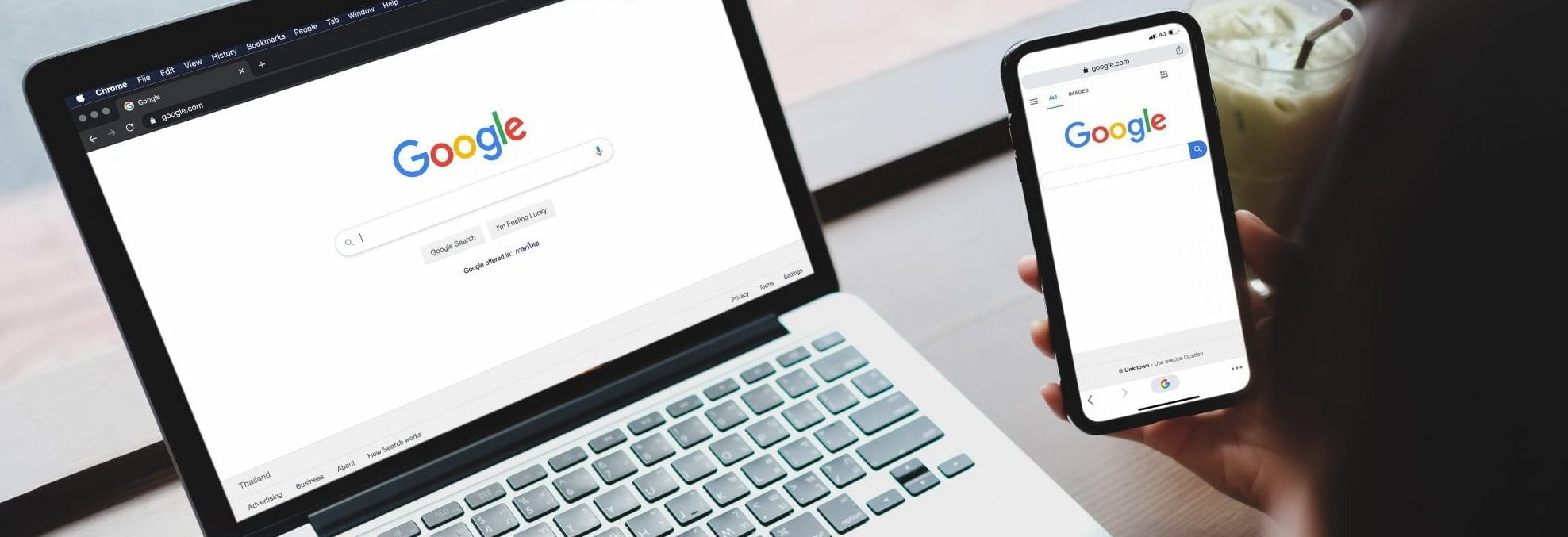
We provide expertise in all three areas with our Digital Marketing Services available to subscribers of our WordPress Support Package.
Have your heart set on organic search results?
We can still help with our Dedicated SEO Services.





